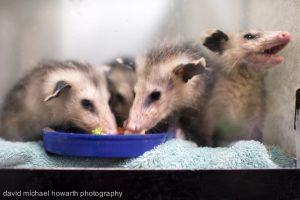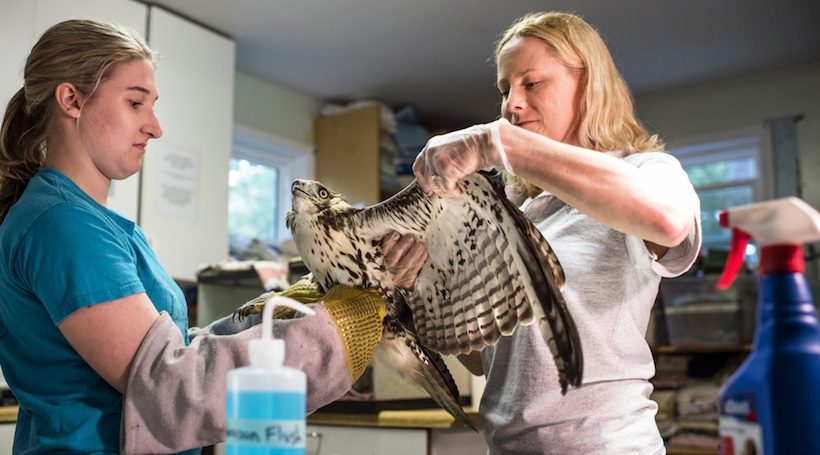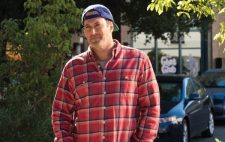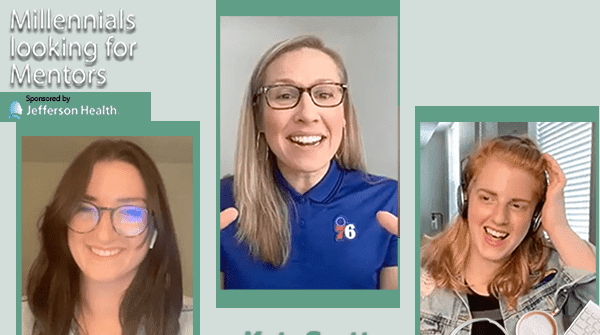Photography by David Michael Howarth
During a week on the job, Lori Swanson witnesses evidence of the worst in human behavior – like the time she treated a hawk that had been beaten with a golf club. As director of wildlife services at Woodford Cedar Run Wildlife Refuge, Swanson sees more than 4,000 injured animals each year. But the good, she says, always outweighs the bad.
“Someone last year shot about 40 hawks in South Jersey,” she says. “Some of those stories you hear make you question humanity, but then you see so many people coming through our doors with injured animals they’re trying to save, and it really restores your faith.”
At the end of the summer, the nonprofit hospital had treated more than 4,300 animals. And their mantra for each was the same: Rescue, rehabilitate, release.


Swanson is inspired by the perseverance of her patients, many of whom come in with injuries she says a human could never withstand.
“One of the worst injuries I’ve ever seen was a snapping turtle who had his whole top shell torn off,” she says. “The only thing I can think is a car hit the front of its shell. That’s one of those instances where you think, ‘How could this animal have survived?’ But he was still very much alive and trying to bite us.”
Bites and scratches are an occupational hazard, but one that Swanson – believe it or not – welcomes.
“Some of these animals are the fiercest species – a great horned owl could easily break your finger if they wanted to – and they come in so debilitated they can’t even stand. It’s heartbreaking to see a powerful animal like that,” Swanson says. “When they start fighting back, you’re like, ‘Oh, he’s feeling better!’ And that actually makes your day. It’s an emotional process, watching them go back to being the fierce warrior you’re ultimately going to release.”
In addition to injured animals, Woodford Cedar Run also takes in large numbers of orphaned babies, which are raised until they’re old enough to live on their own. It’s common to see litters of small mammals inadvertently orphaned by people, when their parents are evicted from an attic or crawlspace.
“As animals are adapting and learning to use their new, human-inhabited environment, they often decide someone’s attic is a great nesting place,” Swanson says. “People with a raccoon or squirrel living in their house don’t tend to think, ‘Maybe there are babies,’ so they just try to remove the parent. A few days later they’ll hear those babies crying in their attic.”
The refuge has to use creative methods to care for the kits, cubs, fawns, chicks and fledglings to ensure they grow up wild and don’t become dependent on humans.
“When people bring animals in, sometimes they assume we’re treating them like a cat or dog. We actually limit our contact as much as we can,” Swanson says. “Their greatest chance of survival is to be as wild as possible, so we only handle them to clean, feed or medicate them.”
“We keep the enclosures covered, so they don’t really see us, and whenever possible we try to raise babies in groups,” she continues. “With them seeing other babies of their species, it’s less likely we’ll imprint on them.”
For birds like owls and hawks, species that quickly imprint on humans, caretakers sometimes use puppets for feeding and other care. Whenever possible, parental responsibilities are turned over to foster parents: the refuge has some permanent
residents whose injuries mean they can’t survive in the wild.
“Sometimes we use our resident animals as foster parents and have a baby live with an adult animal of its kind,” Swanson says. “Even though they live here, we keep those resident animals as wild as possible, too. We want our resident owls to teach a baby how to really be an owl, so even though they may not be the nicest bird to us, you know they will teach that baby properly.”
In general, Swanson says, animal parents don’t get enough credit. A person who spots what they think is an abandoned baby is sometimes too quick to help – which can be a bad thing.
“So many babies are found every year – a lot of squirrels or birds that fall out of nests – and we counsel people to reunite whenever possible. Being with mom should always be the first answer,” she says.
“As long as the baby is safe, leave it where it is for an hour or a couple of hours. Give mom time to come back.
The best thing to do if you find an injured or seemingly abandoned animal, Swanson says, is to give the facility a call. There is typically someone available every day until 7 pm to provide species-specific advice.
The facility has three full-time staff members, but most of the manpower comes from volunteers. The organization is entirely dependent on donations, and while the community is extremely supportive, Swanson says the financial struggle is constant. Every dollar makes a difference.
“We recently figured out that if every person who brought in an animal donated $65, we’d be fully funded,” she says.
Though it can be a difficult, emotional job – after all, not every patient’s story has a happy ending – Swanson says she can’t imagine doing anything else.
“You never know what’s going to come through that door,” she says. “It’s a stressful job, for sure; we see some really horrific things. But you know, in the end, that you’re helping these animals, and once they’re released a lot of them will end up having a very happy life.”










